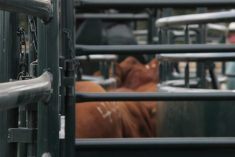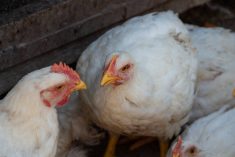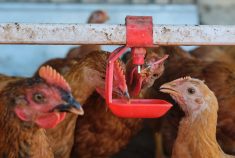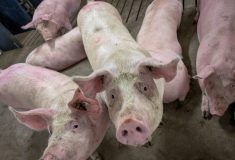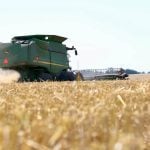Feeder cattle futures made new contract highs last week due to tight available supplies and stronger fed cattle prices. While it is not unusual to see a correction after a surge higher, prices are expected to be well supported into the fall period. U.S. feeder cattle were $1 to $3 higher last week on average, with stronger demand stepping forward for lighter-weight calves. Western Canadian prices were $2 to $4 higher in comparison to a week earlier. Feedlots felt comfortable paying $120 for 8-weight steers, even though comments from auction markets reflected that cattle were quite green and thin.
Read Also
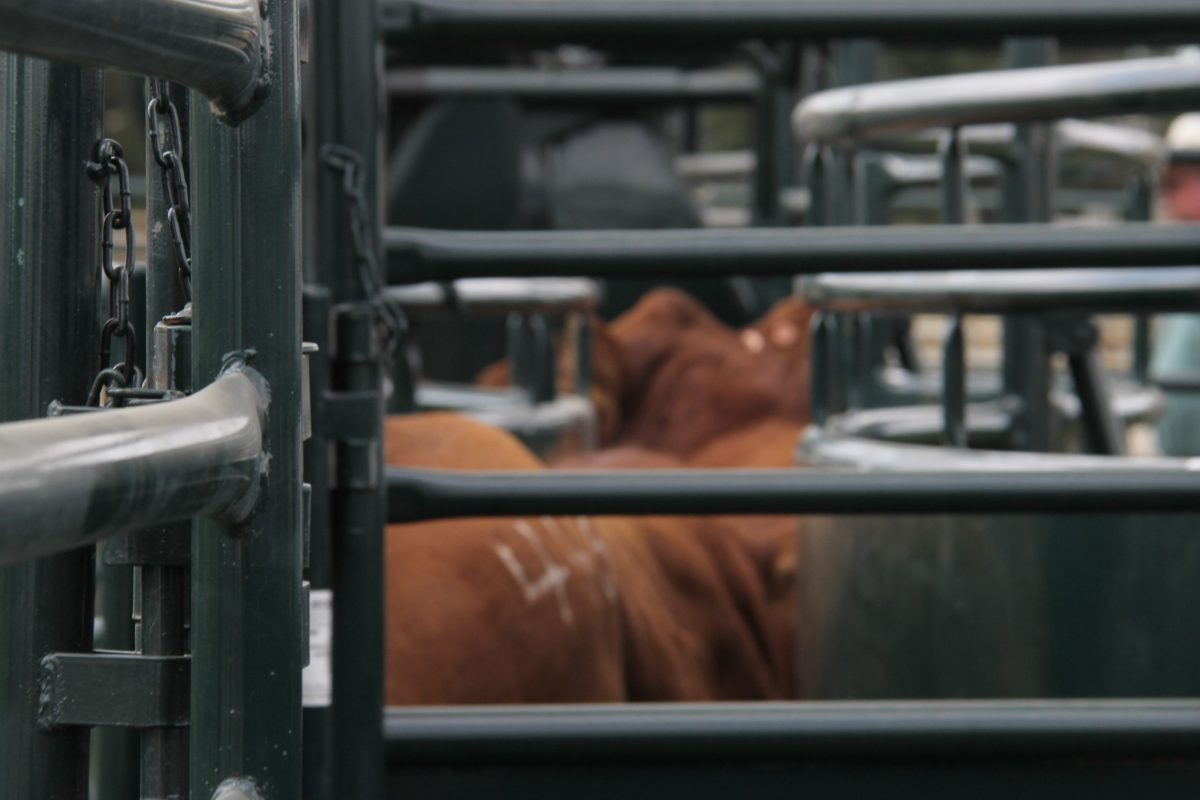
U.S. livestock: Chicago cattle, hogs rise
Chicago cattle and hog futures closed higher on Thursday. Most-active February live cattle futures settled at 230.950 cents a pound,…
Total feeder cattle numbers outside U.S. feedlots as of July 1 were down nearly one million head from 2009. U.S. cow-calf producers have been selling feeder cattle at lighter weights as reflected in the placement numbers; therefore, supplies of feeder cattle over 700 pounds are estimated to be down nearly seven per cent from 2009. Statistics Canada reported steers age one year and over at 1.495 million head, down 9.1 per cent from last year’s number of 1.664 million head. Other heifers for beef production were 1.150 million, down 5.9 per cent, and calves under one year old were 4.713 million head, down 4.4 per cent from July 1, 2009.
Rising feedgrain prices will stem the tide for replacement cattle as the feeding margin gets squeezed. We also need to see stronger Canadian feeder cattle exports to warrant further upside. Otherwise, the domestic market will have to absorb larger available feeder cattle numbers similar to last year. These two factors will the main influence dictating market direction.
— Jerry Klassen is a commodity market analyst in Winnipeg and maintains an interest in the family feedlot in southern Alberta. He writes an in-depth biweekly commentary, Canadian Feedlot and Cattle Market Analysis, for feedlot operators in Canada. He can be reached by email at [email protected] or 204-287-8268 for questions or comments.
The material contained herein is for information purposes only and is not to be construed as an offer for the sale or purchase of securities, options and/or futures or futures options contracts. While the information in this publication cannot be guaranteed, it was obtained from sources believed to be reliable. The risk of loss in futures trading can be substantial. The article is an opinion only and may not be accurate about market direction in the future. Do not use this information to make buying or selling decision because adverse consequences may occur. This information may be wrong and may not be correct about current market conditions in all areas of Canada. This is an opinion only and not based on verified facts.



